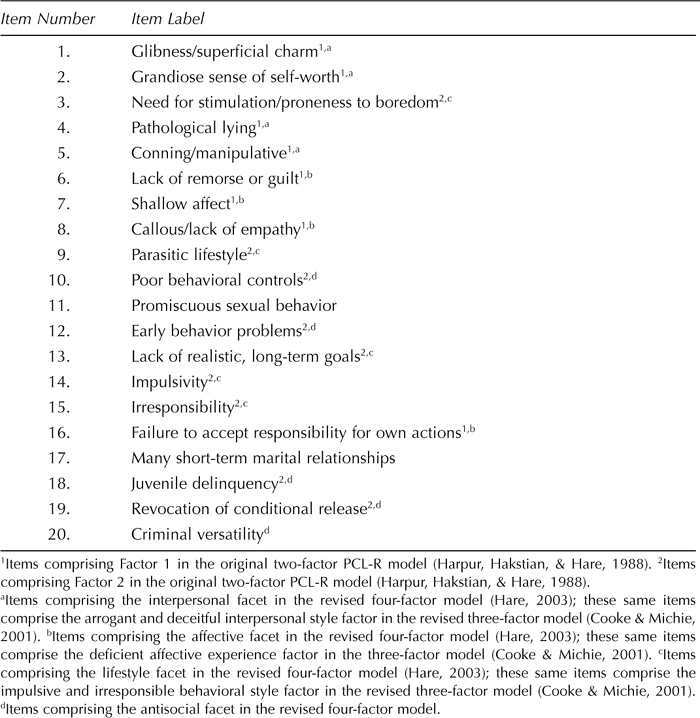

Psychopathy and instrumental aggression in violent offenders. Cognition and Emotion, 7, 115–138.ĭempster, R. Cerebral asymmetry and emotion: Conceptual and methodological conundrums. Niwa (eds.), Cerebral dynamics, laterality, and psychopathology, New York: Elsevier.ĭavidson, R. Cerebral asymmetry and the nature of emotion: Implications for the study of individual differences and psychopathology (pp. Ekman (eds.), Approaches to Emotion, Hillsdale, NJ: Erlbaum.ĭavidson, R.J. Journal of Abnormal Psychology, 105, 648–652.ĭavidson, R.J. Anomalous perceptual asymmetries for negative emotional stimuli in the psychopath. Behavioral Brain Research, 41, 81–94.ĭay, R., & Wong, S. Individuals with sociopathic behavior caused by frontal damage fail to respond autonomically to social stimuli. The return of Phineas Gage: Clues about the brain from the skull of a famous patient. New York: Putnam & Sons.ĭamasio, H., Grabowski, T., Frank, R., Galaburda, A. Descartes’ Error: Emotion, Reason, and the Human Brain. Journal of Consulting and Clinical Psychology, 64, 783–790.ĭamasio, A. Psychopathy in instrumental and reactive offenders. Psychological Assessment, 9, 3–14.Ĭornell, D., Warren, J., Hawk, G., Stafford, E., Oram, G., & Pine, D. An item response theory evaluation of Hare’s Psychopathy Checklist. Legal and Criminological Psychology, 2, 23–34.Ĭooke, D.J., & Michie, C. Antisocial personality disorder: An evolutionary game theory analysis. Louis, MO: Mosby.Ĭoleman, A.M., & Wilson, J.C. Personality and Individual Differences, 20, 437–446.Ĭleckley, H. Remembering details of emotional events: A comparison between psychopathic and nonpsychopathic offenders.

Sensitivity to emotional expressions and situations in organic patients. Sensitivity to denotation and connotation in brain-damaged patients: A double disassociation? Brain and Language, 22, 253–265.Ĭicone, M., Wapner, W., & Gardner, H. Right hemisphere specialization for identification of emotional words and sentences: Evidence from stroke patients. Neuropsychologia, 29, 59–91.īorod, J.C, Andelman, F., Obler, L.K., Tweedy, J.R., & Welkowitz, J. Factor analysis and the cerebral hemispheres: Pilot study and parietal functions. Personality and Individual Differences, 19, 431–437.īoles, D. Emotional attributions in the psychopath. Schizophrenia Bulletin, 19, 537–549.īlair, R.J.R, Sellars, C, Strickland, I, Clark, F, Smith, M, & Jones, L. (1993) Neurobiological investigations in cingulate cortex of schizophrenic brain (Review). Evoked cortical responses to affective visual stimuli. International Journal of Applied Psychology, 44, 171–188.īegleiter, H., Gross, M.M., & Kissin, B. Behavior Research Methods, Instruments, and Computers. VOXCOM: A system for analyzing natural speech in real time.

Archives of General Psychiatry, 8, 362–365.Īlpert, M., Meriwhether, F., Homel, P., Martz, J., & Lomask, M (1986). Imagery mediation of vocal emphasis in flat affect. New York: Random House.Īlpert, M., & Anderson, L.T.

In the Belly of the Beast: Letters From Prison. This process is experimental and the keywords may be updated as the learning algorithm improves.Ībbott, J. These keywords were added by machine and not by the authors. Because some of the most illuminating insights into the emotional life of psychopaths are provided by close scrutiny of their psycholinguistic processes, I emphasize work that has implications for understanding the complex interplay of the psychopath’s language, affect, and predatory behavior. In this chapter I selectively review recent research on the role played by emotional processes in the disorder. Psychopathy is a socially devastating personality disorder defined by a constellation of affective, interpersonal, and behavioral characteristics, including egocentricity, manipulativeness, deceitfulness, lack of empathy, guilt or remorse, and a propensity to violate social and legal expectations and norms (Cleckley, 1976 Hare, 1995, 1996).


 0 kommentar(er)
0 kommentar(er)
